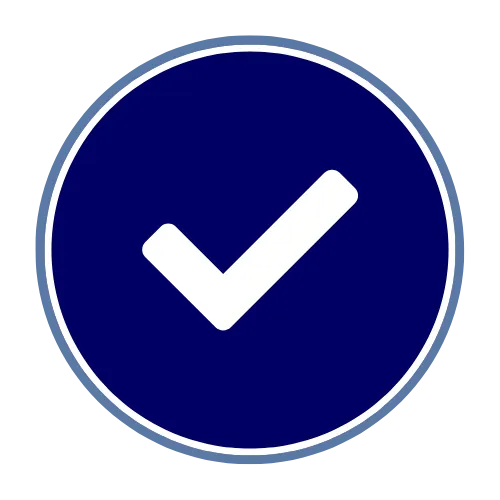
Turn the Clock Back on your Life
Unlimited Small Group
Personal Training Sessions
2 Private Training Sessions
Unlimited Balance & Stretch Recovery Sessions
Unlimited Large Group Training
Free Assessment

Virtual and In Studio Personal Training!
SCOTTSDALE'S ONLY 50+ PERSONAL TRAINING GYM
GET STARTED TODAY!
Our focus at Pinnacle Fitness is to help get you out of pain and discomfort. Many of our clients come to us with different kinds of physical suffering from stiff, achy joints to injuries that have and continue to affect their daily lives. Pinnacle Fitness will help you to perform a safe and effective workout that will get you feeling better so that you can have the energy and focus to live a healthier lifestyle.
Sign Up For Our Free Assessment.
Get ready to Move Better … Move More!
BRAND NEW FACILITY
From TRX training and kettlebells to sled pulls on our indoor turf, we ensure that every training program will challenge and motivate you to dig deep and accomplish more than you ever thought possible.
WE’RE HERE TO ENHANCE YOUR QUALITY OF LIFE
Pinnacle Fitness was created for people who are intimidated by regular gyms. In fact, we are nothing like your typical gym. We pride ourselves on having the best trainers, empowering our members to get better each and every day and having a community that people want to be a part of. The team at Pinnacle Fitness is passionate about fitness, putting your needs first and genuinely wanting to help you succeed! Our innovative approach intermixes the best exercises from a variety of disciplines such as weight training, dynamic stretching, plyometrics and cardio interval training. Complete training plans are designed to bring together a variety of disciplines in order to match a client’s needs and interests.
Let us help you turn the clock back on your life and start feeling the best you have in years. Wake up stiff? Lose your balance? Feel tired all the time? We can help!
Pinnacle Fitness is a family gym that works with all levels of fitness. Our staff specializes in getting you to move better and move more. For quality coaching, 100% customized programs to your needs and goals, and the best gym community in Scottsdale.
Sign up Today!

Coaching
We believe everyone needs help. Having a coach or trainer can help with this.
This may be how to exercise, correcting technique, encouragement, someone to confide in or someone to share your dreams with.
You’ll learn how to workout the right way with a coach at your side EVERY SINGLE workout!

Empower/Accountability
We believe everyone needs to be held accountable, including us.
We strive to make you better each and every day. You will do things that you never thought you could do and we will be right beside you every step of the way, encouraging and keeping you on track

Community
People ask us what our secret is? Why do people come and stay for life? I think this is it.
We want to be your third place.
1. Home
2. Work
3. Pinnacle Fitness
Most people hate the gym. We will make fitness fun… Not the boring stuff you have tried before.
Move Better … Move More

21811 N Scottsdale Rd Suite 125 Scottsdale, AZ 85255
480-306-7187
Contact Info
21811 N Scottsdale Rd Suite 125
Scottsdale, AZ 85255
Phone: 480-306-7187
Read our success stories
FOLLOW US
Proud To Be A Member

Copyright2025 Pinnacle Fitness | All Rights Reserved | Built & Maintained by Tech 4 Life

Facebook
Instagram
Website
Youtube